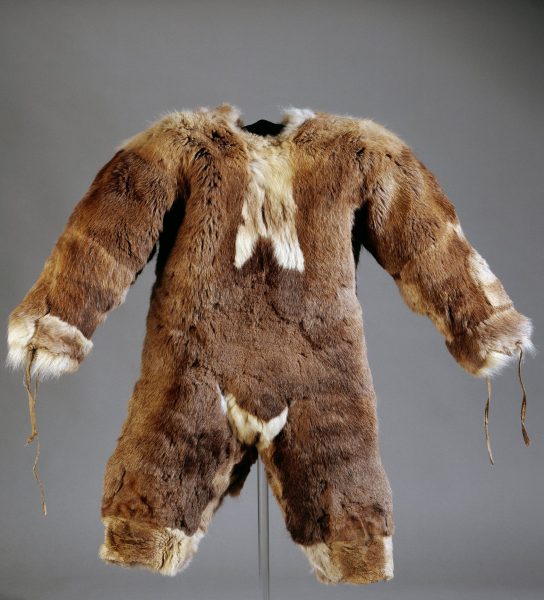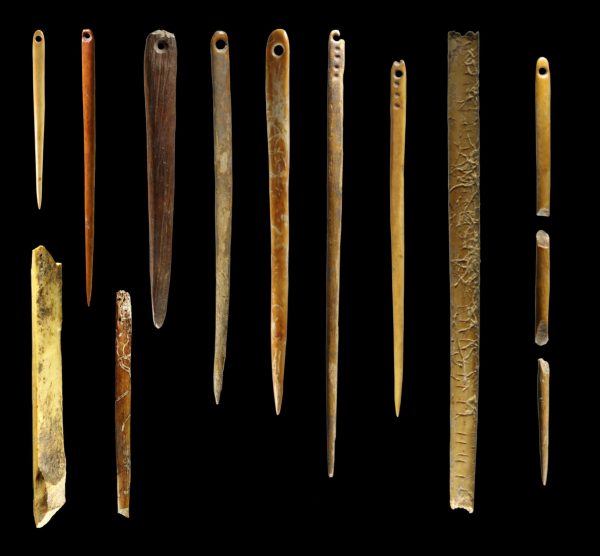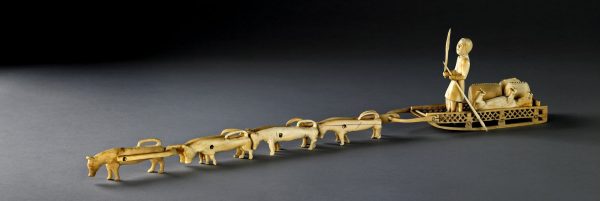28,000-Years-Old Arctic Treasures Exposed by Melting Ice
As the planet warms, there has been significant melting in the Arctic region. As the permafrost melts, however, it also has released items which have been buried in for thousands of years.
In addition to allowing for the discovery of remarkably well-preserved remains of extinct species such as the wooly mammoth, other finds have been made which relate more directly to the ancient humans who used to live in the region, allowing researchers to gain more insight about those early cultures.

According to a recent report in the Guardian, some of those historical treasures will soon be going on display at the British Museum in London, in an exhibit called Arctic Culture and Climate Change.
The finds represent items which were found in Siberia and are about 28,000 years old and will be part of an exhibition about the people and history of the Arctic.
The items that will be on display include ancient artifacts such as jewelry and needles carved from walrus ivory and other decorations carved from the ivory of the wool mammoth. The artifacts come from the Russian Academy of Science and are on loan to the British museum.

Jago Cooper, who is the head of the museum’s Americas collection is both delighted and saddened.
On the one hand, the finds give additional glimpses into the lives of the early people from the Arctic region, however, they’re only becoming accessible because of climate change. Cooper likened it to gathering up books as the Library of Alexandria burns.
The exhibition will look at the long history of the Arctic through the lens of climate and weather change, as some scientists are predicting that it will be completely melted within the next 80 years.
One of the particular highlights of the show will be artifacts from the Yana Rhinoceros Archaeological site in Siberia.
The artifacts from that site have been carbon dated and shown to be nearly 30,000 years old. That makes the Yana site the earliest proof of Paleolithic human populations in that area.

The next oldest site, Berelehk site, from 13,000-14,000 years old, is only about half that. The Yana site has yielded the first Arctic art, as well as tools such as needles, choppers, and scrapers.
Another part of the exhibit will look at the changes to the Arctic that were the result of Russian and American exploration, including the search for the Northwest Passage.
One of the key items from that portion of the show will be a sled made of narwhal and caribou bone and driftwood, which was made by indigenous people and traded to a British explorer in 1818.
That trade marks the first known encounter between the Inuits and European explorers. The show will also contain items ranging from refitted modern snowmobiles to a number of new pieces of art and photography from the region.
https://www.youtube.com/watch?v=b27eXPialt4
The British Museum receives corporate sponsorships to help keep itself going. One of those sponsors, is BP, a fact that has raised some questions among activists who have strong opinions of an oil company being given reflected respectability of arts institutions like the museum.
This particular exhibit, however, is being sponsored by Citibank, causing some to conclude that the museum is taking steps to keep BP invisible, as the oil company is not known for its stellar record when it comes to climate change.
The exhibit will open on May 28, and continue until August 23.
The Museum’s director, Hartwig Fischer, doesn’t believe the two things are incompatible.
Thawing Permafrost Could See Anthrax & Prehistoric Diseases Return
He commented that everyone uses fossil fuels and, as a result, contributes to the problems that arise from their use, making it necessary for everyone to be involved in examining those problems collectively, and trying to work out a way to identify and mitigate the damage.





